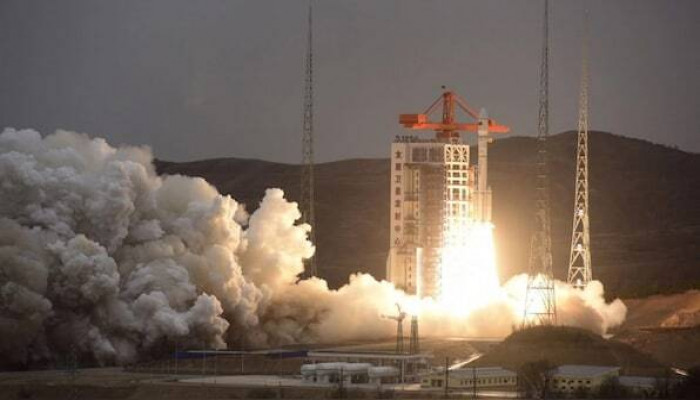China launches first batch of Qianfan satellites to build ‘its own version of Starlink’
- In Reports
- 06:52 PM, Aug 07, 2024
- Myind Staff
China has successfully launched its first batch of 18 Qianfan satellites, marking a major milestone in its quest to build a satellite internet network akin to SpaceX’s Starlink. The launch took place aboard a Long March-6 rocket from the Taiyuan Satellite Launch Centre in Shanxi province, representing the inaugural step in the Thousand Sails Constellation plan, part of the broader Qianfan initiative.
As per the China Central Television (CCTV), this achievement advances China's global satellite internet capabilities. The Qianfan project, also known as the G60 initiative, began in 2023 with the goal of deploying over 15,000 low earth orbit (LEO) satellites to deliver high-speed, stable internet services, especially in remote areas with poor communication infrastructure.
Kang Guohua, a senior member of the Chinese Society of Astronautics and a professor at Nanjing University of Aeronautics and Astronautics, highlighted the project’s significance. He noted that the Qianfan constellation would greatly enhance communication in underserved regions, addressing the digital divide.
This year, the project aims to launch 108 satellites, with a goal to achieve regional network coverage by the end of 2025 using 648 satellites. By 2027, the constellation is expected to offer global coverage, with all 15,000 satellites operational by 2030. The network will provide integrated services including direct mobile connections.
China’s launch positions it as a major player in the satellite internet industry, challenging established competitors like SpaceX’s Starlink. The Qianfan project's expansion underscores China’s growing capabilities in space technology and its commitment to technological self-sufficiency with implications for the global satellite internet market and regional competitors such as India.
Image source: Firstpost







Comments